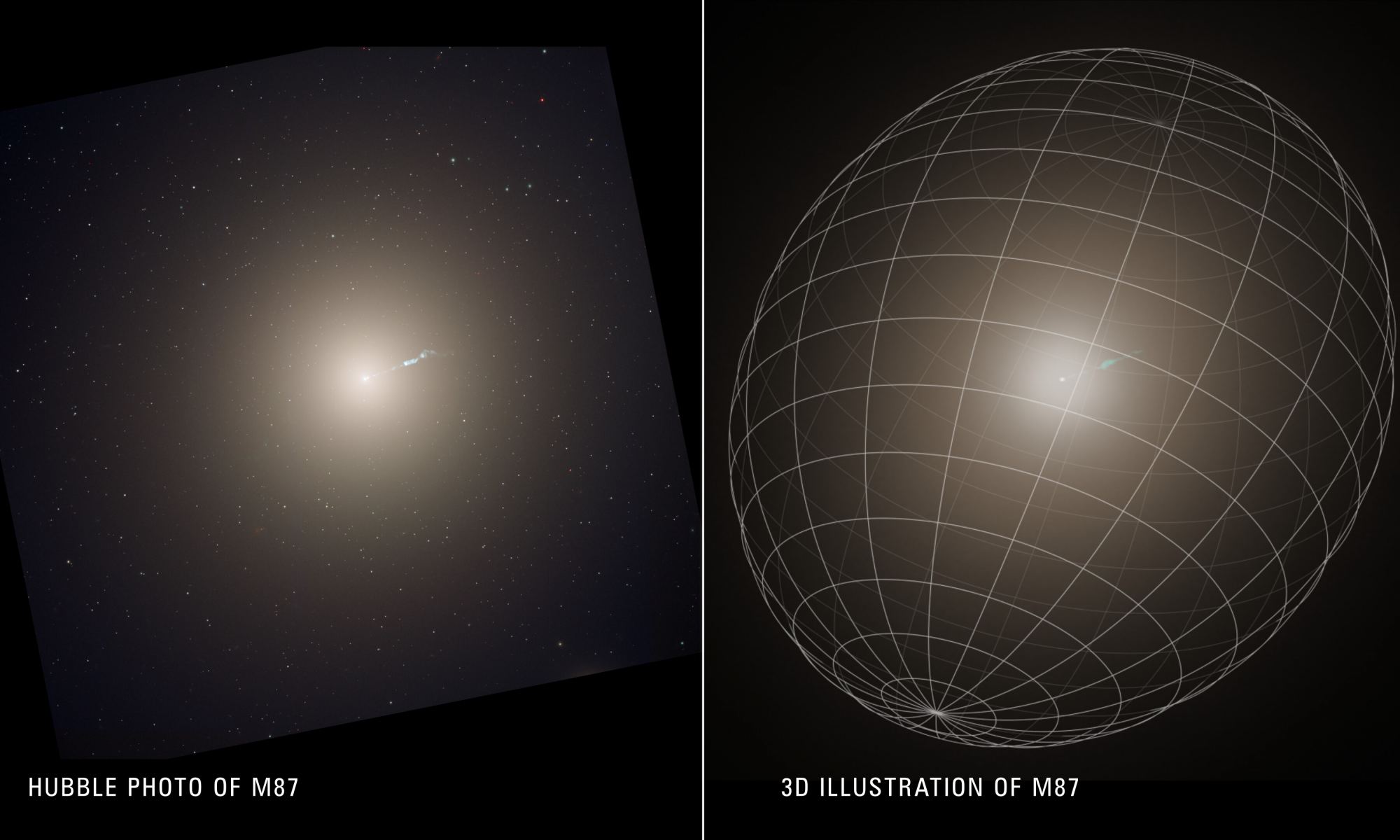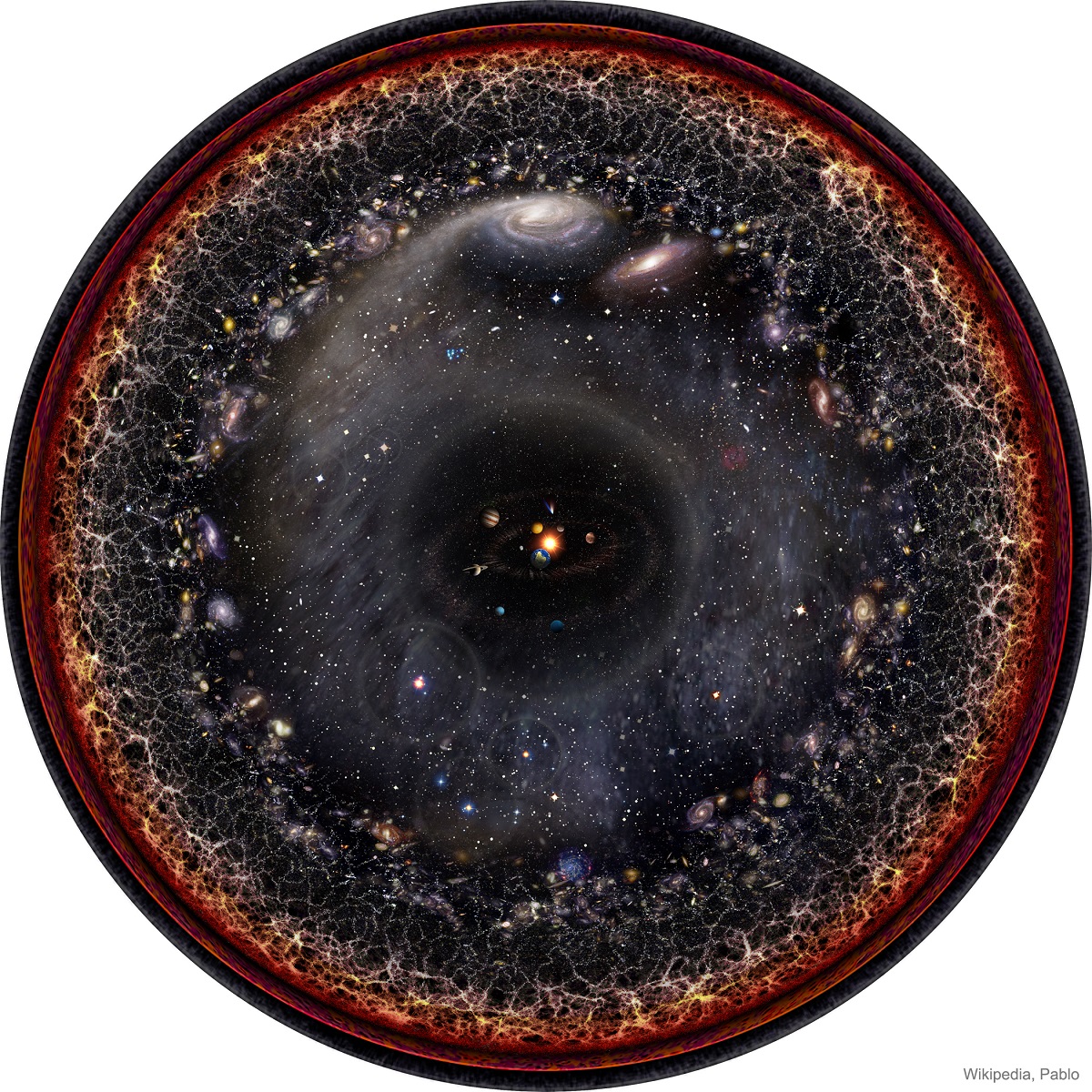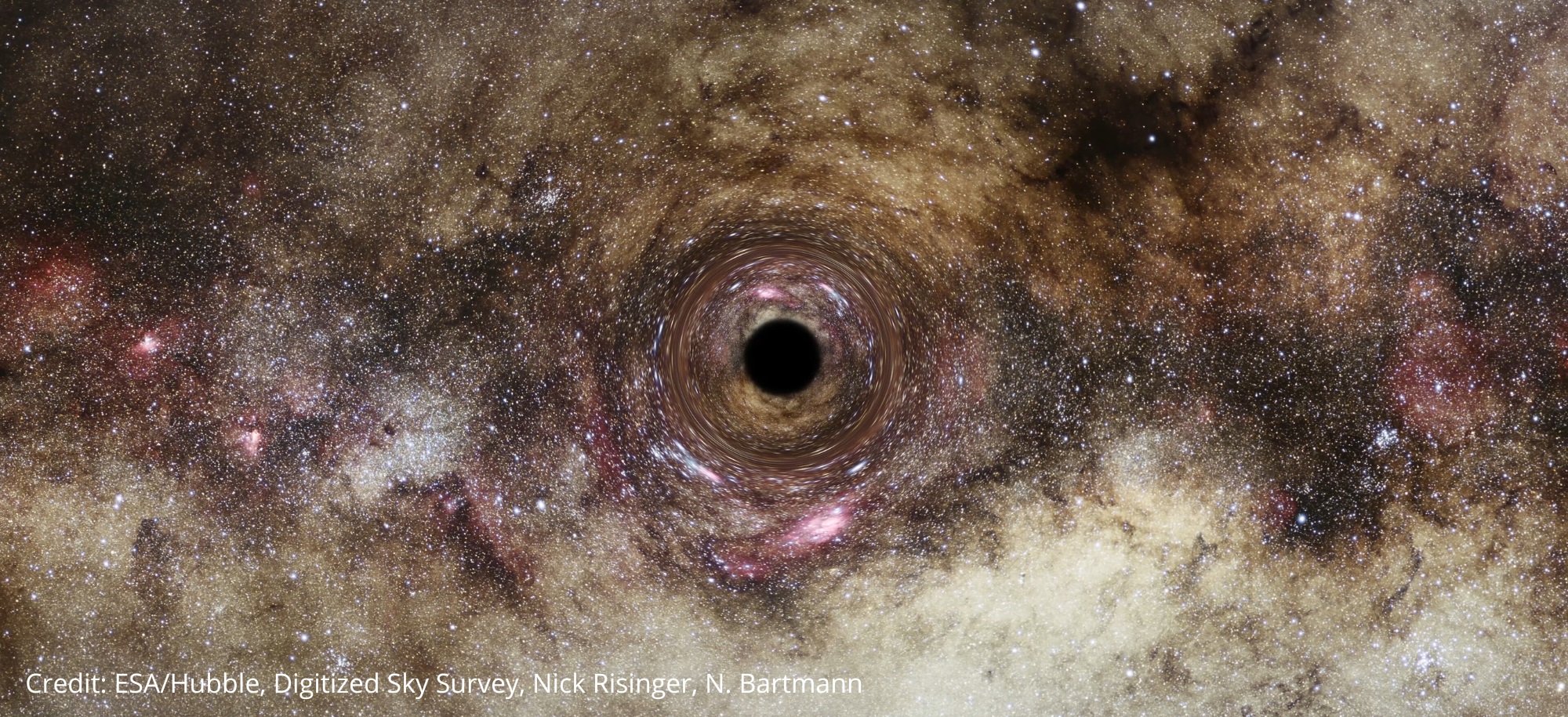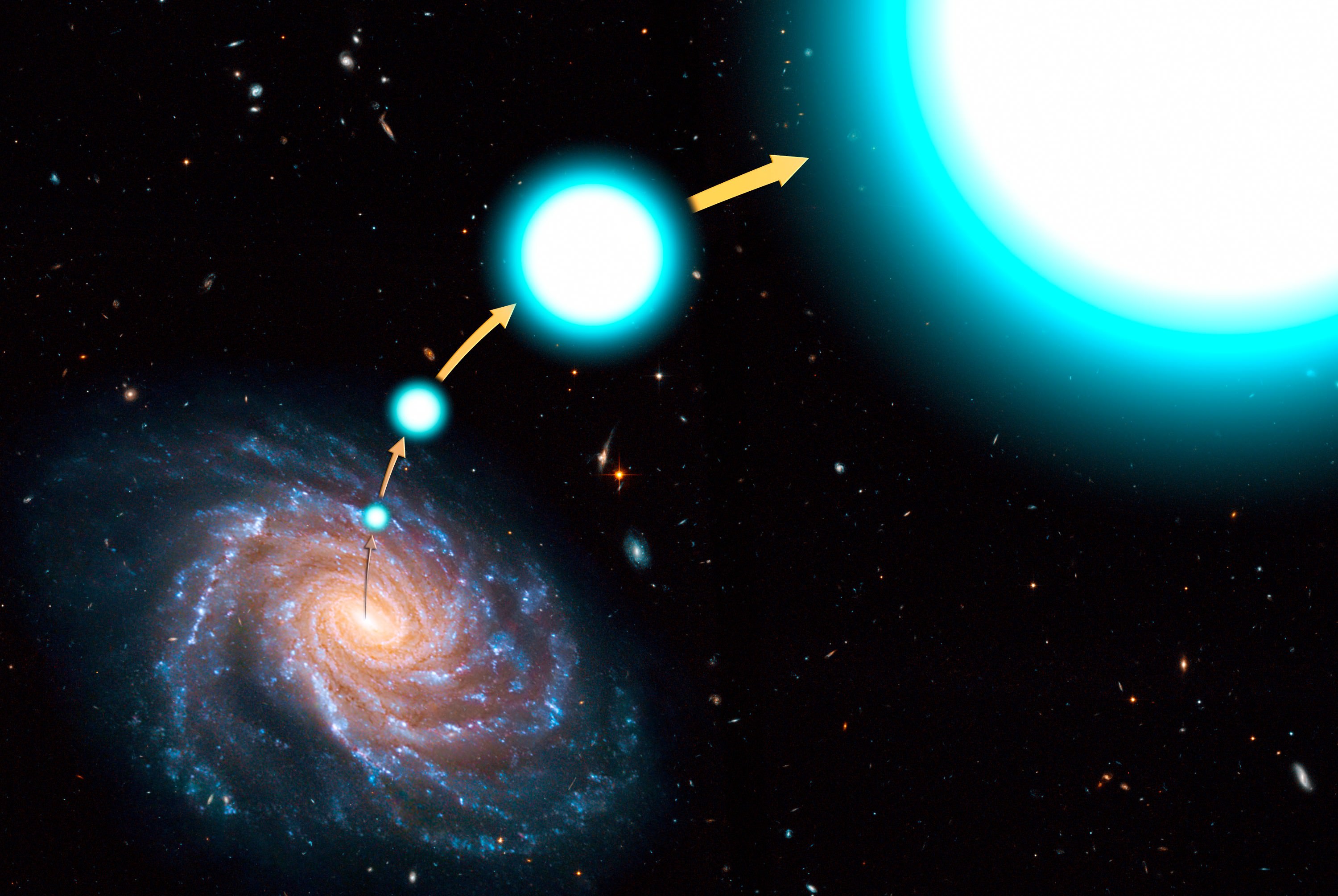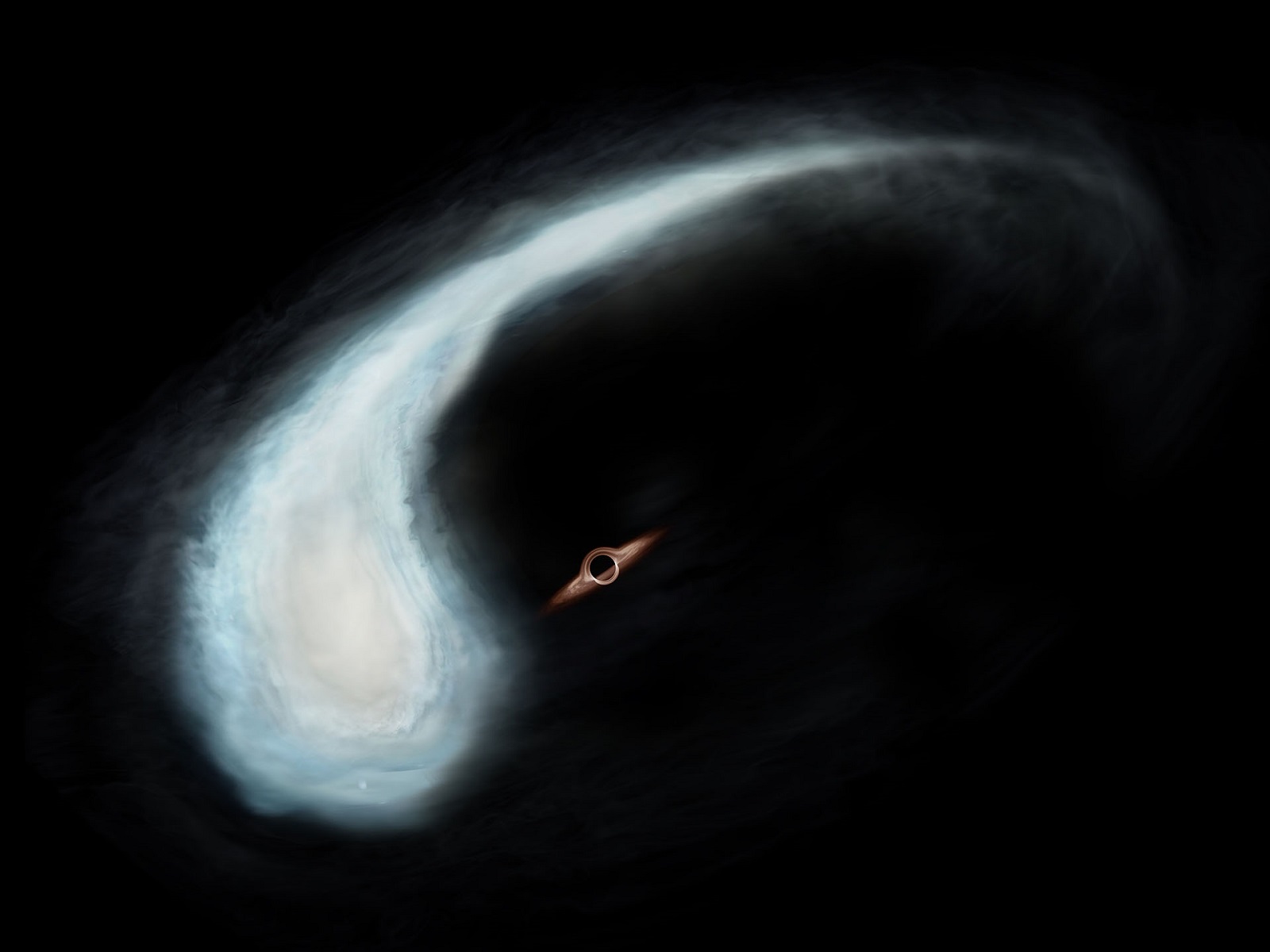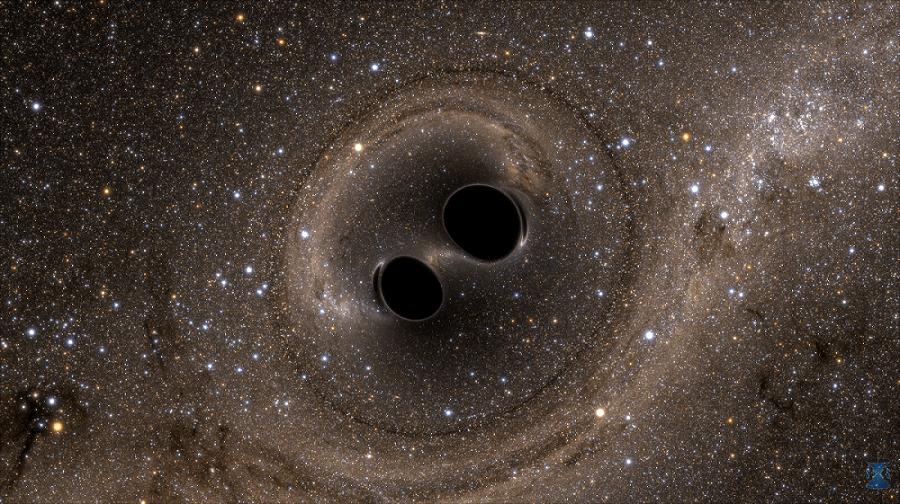In astronomy, we speak casually of extremely large numbers and extremely vast distances as if they’re trivial. A supermassive black hole can have several billion solar masses, a distant quasar is 500 million light-years away, etc. Objects like galaxies that are mere tens of millions of light years away start to seem familiar.
But even though our Wikipedia pages are full of data on distant objects, there’s a deceptive lack of understanding of some of their basic properties. Take Messier 87, for example, a galaxy often talked about and seen in images. It’s noteworthy for being home to the first black hole ever imaged.
It’s so far away that astronomers have no real idea what its three-dimensional shape is.
Continue reading “M87 Galaxy Reconstructed in Thrilling 3D”
